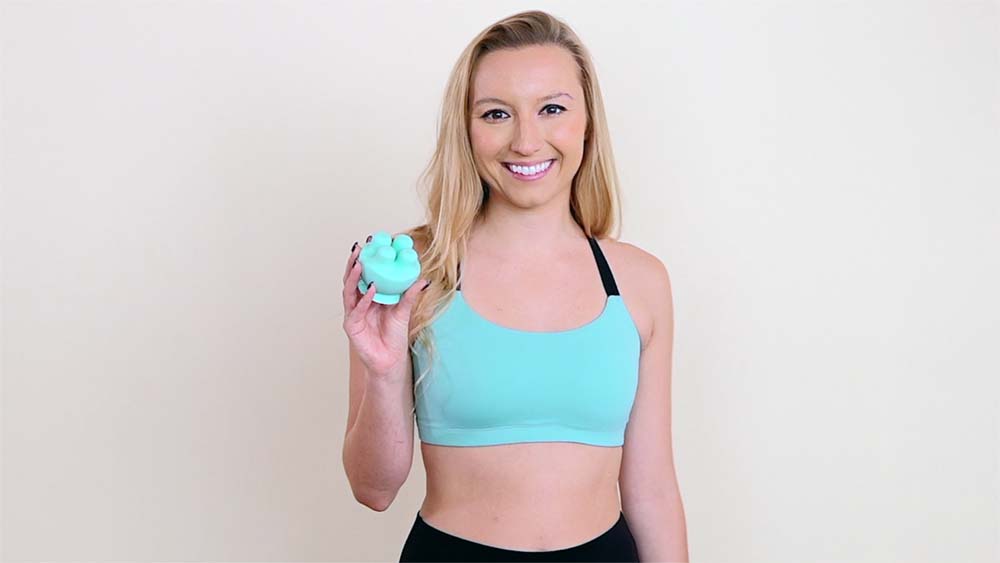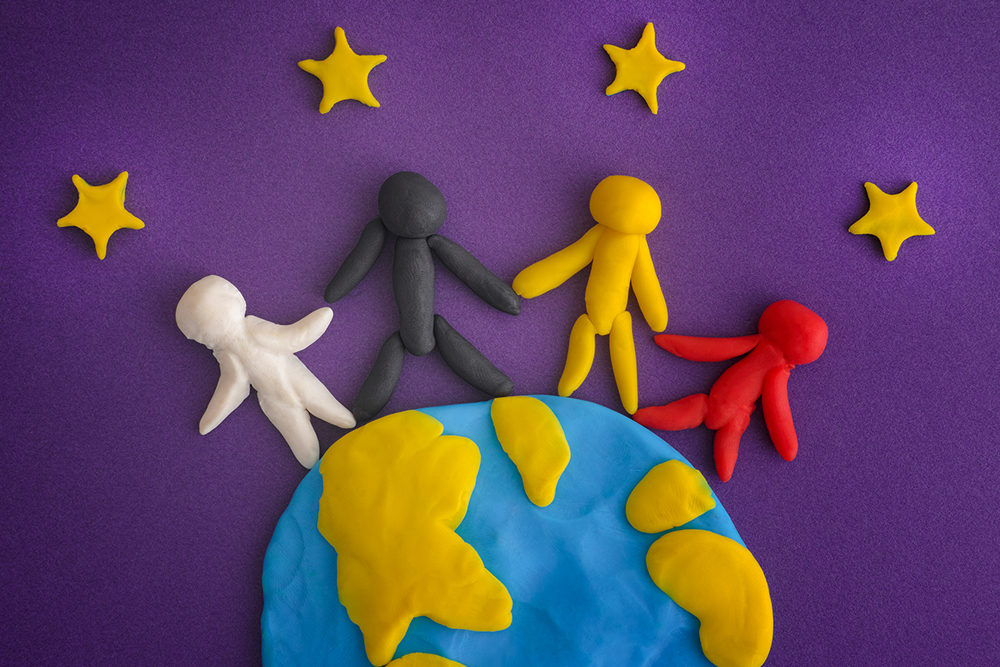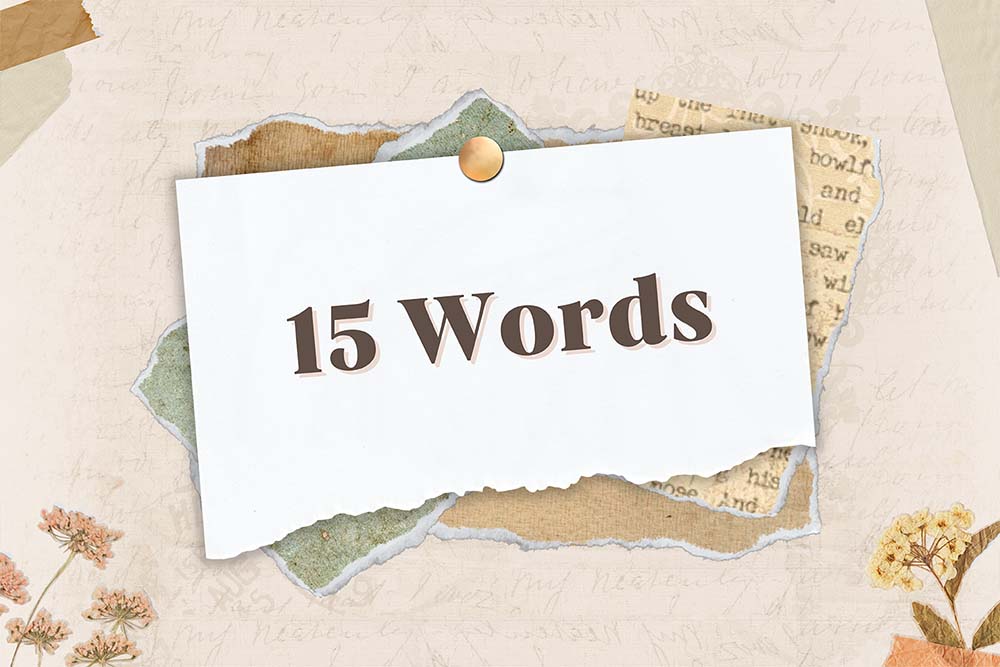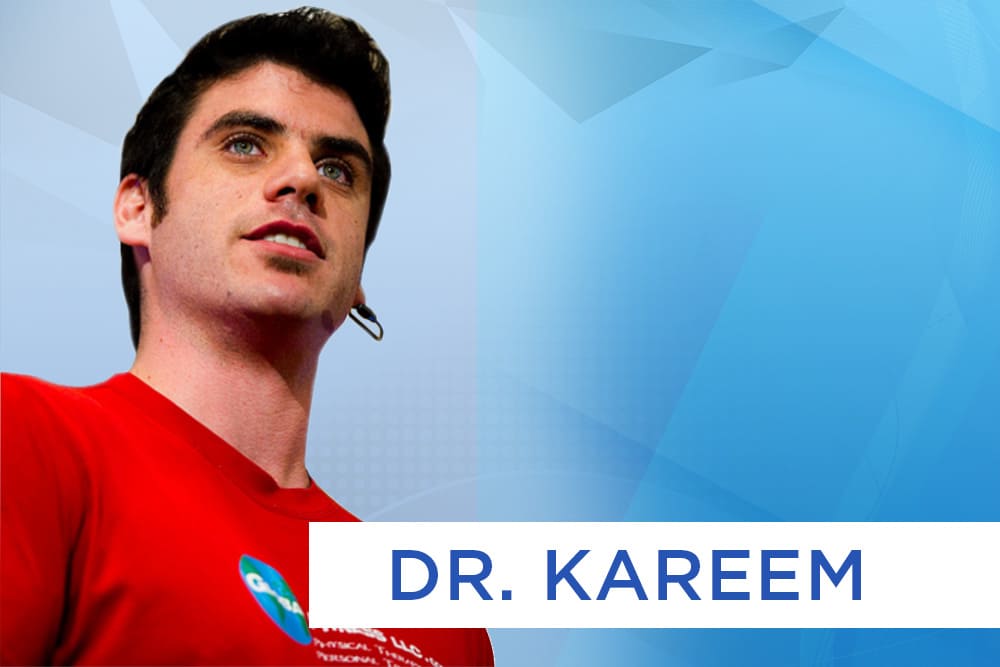Low Back Pain affects over 50% of the US adult population. Over 80% of people with low back pain will feel better within 1-2 months, spontaneously, just by doing a small amount of exercise each day. However, none of these issues are being solved.
Have you suffered from low back pain?
If so, did you truly fix the issue, or did you ‘just’ get out of pain?
It’s amazing to find out just how many people expect to have pain at least 1-3x per year because of an ‘old back injury.’ I’ve got news for you – that injury is there all the time, and it’s stopping you from getting in great shape. In fact, you’re accepting less from your body than you should.
Also, it’s worth noting that any low back pain is going to force you to ‘inhibit’ or ‘turn-off’ most of your muscles – the end result: You’ll get far less from every exercise you do.
If you’re able to get out of pain, and you don’t have to watch what you do for most of the year, you should be able to feel that way all the time. Instead, you might always be worried that you’re going to do something that will “throw your back out” again. That’s no way to live.
Let’s talk about what happens when you “throw your back out.” There are really only 5 possibilities:
1. Herniated Disc – typically associated with pain/numbness down one/both legs, relief with backwards bending, standing, and walking. You’ll typically have pain with coughing, laughing, sneezing, bending, twisting, and lifting.
2. Stenosis Flare-up – this is extremely rare unless you are 55 years or older, and it’s a disorder of narrowing canals where your nerve roots exit from your spine. Basically, because there’s less room for the nerve to begin with, pulling a muscle or ligament can create swelling in this area, which further irritates the nerve root, causing pain down one/both legs. In this case, you’ll typically find relief by forwardbending, sitting, or riding a bike. Standing, walking and backwards bending tend to cause more pain.
3. Stuck Facet Joint – this is the most common of them all, as it tends to happen quickly, take a week or so to “resolve” as your spinal column adjusts, and then the pain goes away. Imagine two of your vertebrae ‘kinked’ on one another, as if you’re bending to the side, but your body remains straight. Now, your body tries to keep you upright, so it starts side-bending other spinal segments in the opposite direction to keep you upright. In reality, what you need to do is ‘unkink’ the problematic segment and relieve your pain altogether. This type of injury tends to cause you to deviate to one side when forward or backward bending, and you’ll often find that you’re more comfortable if you slightly rotate your trunk to the left or right, instead of facing forward all the time. It’s hard to find a comfortable position unless you sit/stand, or lay slightly rotated or in an awkward position.
4. Muscle Strain/Sprain – this is an acute injury, and you’ll know it. It’s often associated with a ‘burning’ sensation when the injury first happens and blood rushes to the area, is clearly identified to have associated pain with movement, and stretch. It’ll feel like any other muscle you’ve ever strained, in that contracting or lengthening the muscle causes pain. Since most muscles on your back either help you extend or rotate your trunk, these movements tend to be the most painful.
5. SI Joint Pain – this is pain where your pelvis and spine meet, or that radiates out to the side of your hip, deep in your buttocks, or occasionally in the groin. Rarely, you’ll feel pain in the front of your mid-thigh when you have an SI joint disorder. Movements that cause irritation of this injury are transition movements. It tends to hurt when going from laying to sitting, sitting to standing, or standing quietly to walking. Generally speaking, you’ll want to repeatedly twist your hips or crack your back when you have this, but the real goal will be to ‘untwist’ your pelvis or ‘derotate’ your sacrum. This responds well to a figure-4 stretch for your piriformis, posterior pelvic tilts, and balance-oriented exercises like balance board squats, etc. It tends to subside when you’re in one position for awhile, but it sucks when you go to move.
Now, let’s talk about what happens when you truly resolve a back issue, instead of just masking it with postural adjustment and your body’s natural response in the absence of true healing. Ultimately, your nerves get agitated, at their roots, so they respond by decreasing signal to the rest of your body. Here’s how this works:
Agitated Nerve Root —> Less Signal To Surrounding Muscle For 2 Reasons:
1. Surrounding muscle will pull on your spine, creating further agitation.
2. Signal strength is directed towards your brain, instead of to your muscles, as your body is attempting to protect itself and convey the amount of pain its in. Traffic is going the other way.
By resolving the issue at its heart, you are winning. Your body will begin to self-soothe, and your pain signals will go away. The message to your brain will be to grow more muscle, and your nerve roots will allow all of a muscle to contract more easily. As you know, the more muscle you get involved, the faster you’ll lose fat.
Does this sound like something that’s happened to you?
Please comment below and let me know, so I can follow-up with you and help.
About Author
Dr. Kareem Samhouri
Dr. Kareem Samhour is known as (perhaps) the best Doctor of Physical Therapy & Kinesiologist on the internet. People come to him for results when other methods fail, injury gets in the way, or health situation is more complicated. Dr. Kareem Samhouri exercising In fact, he and his companies reach a combined total of 1.5 MILLION people on a daily basis to help them with their health. If you ever saw Dr. Kareem on the street and mentioned something was going on with your health, however, he would volunteer and offer to help you for free... that's the Dr. Kareem way.







